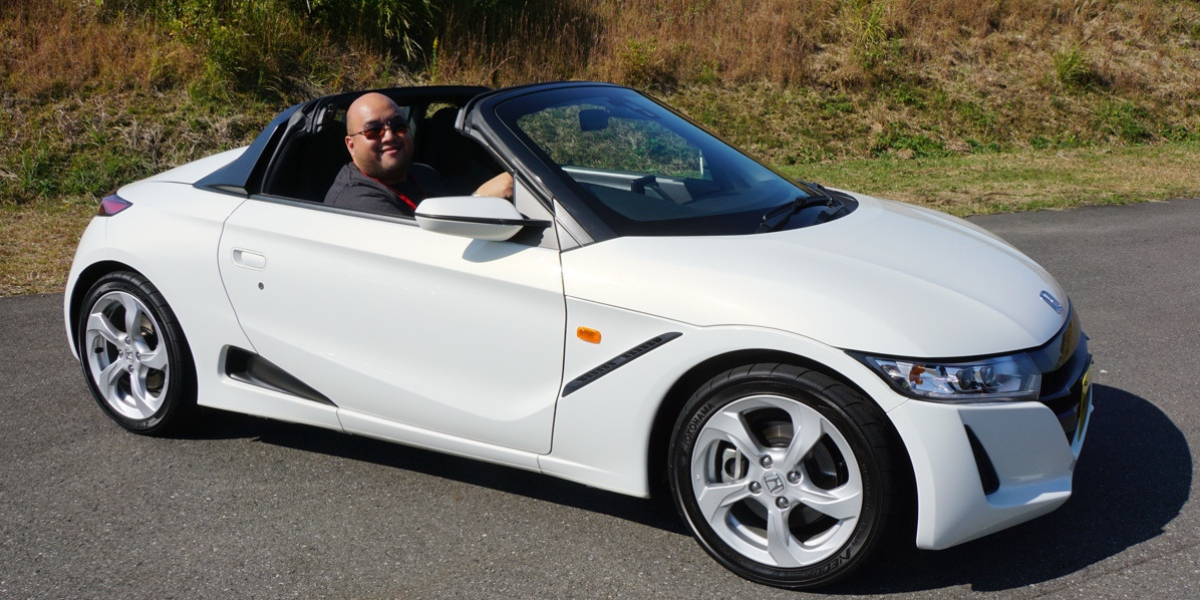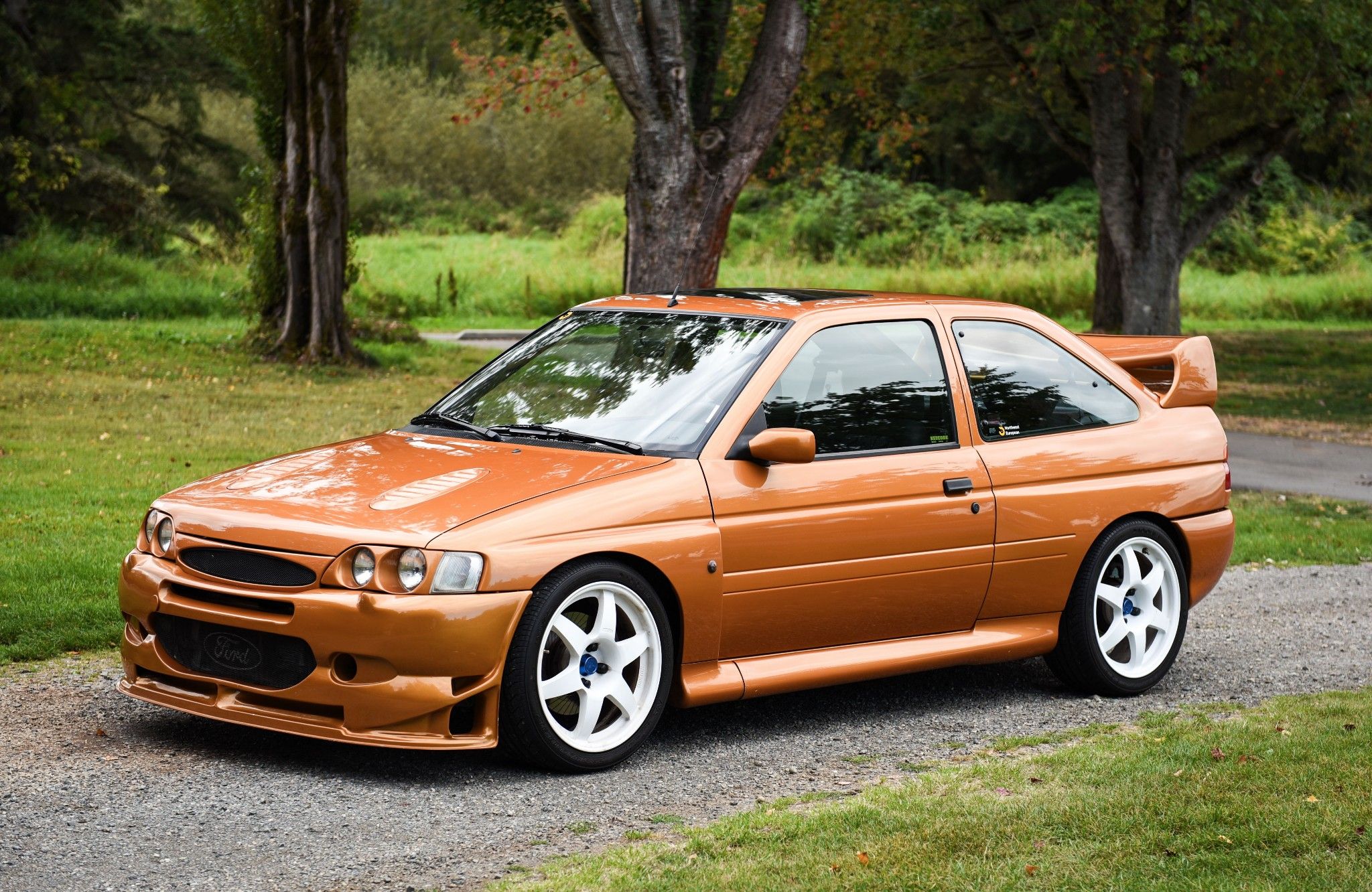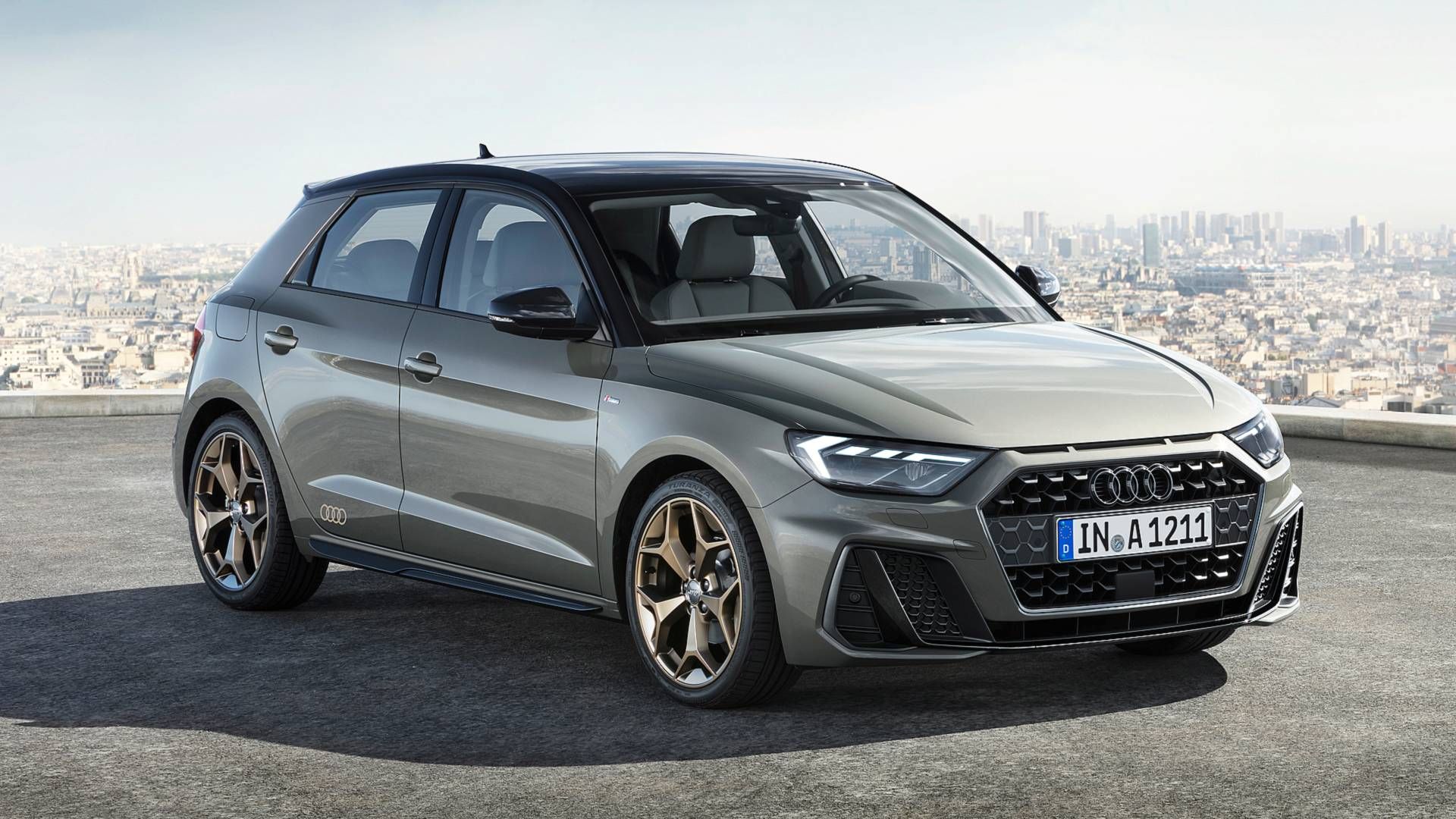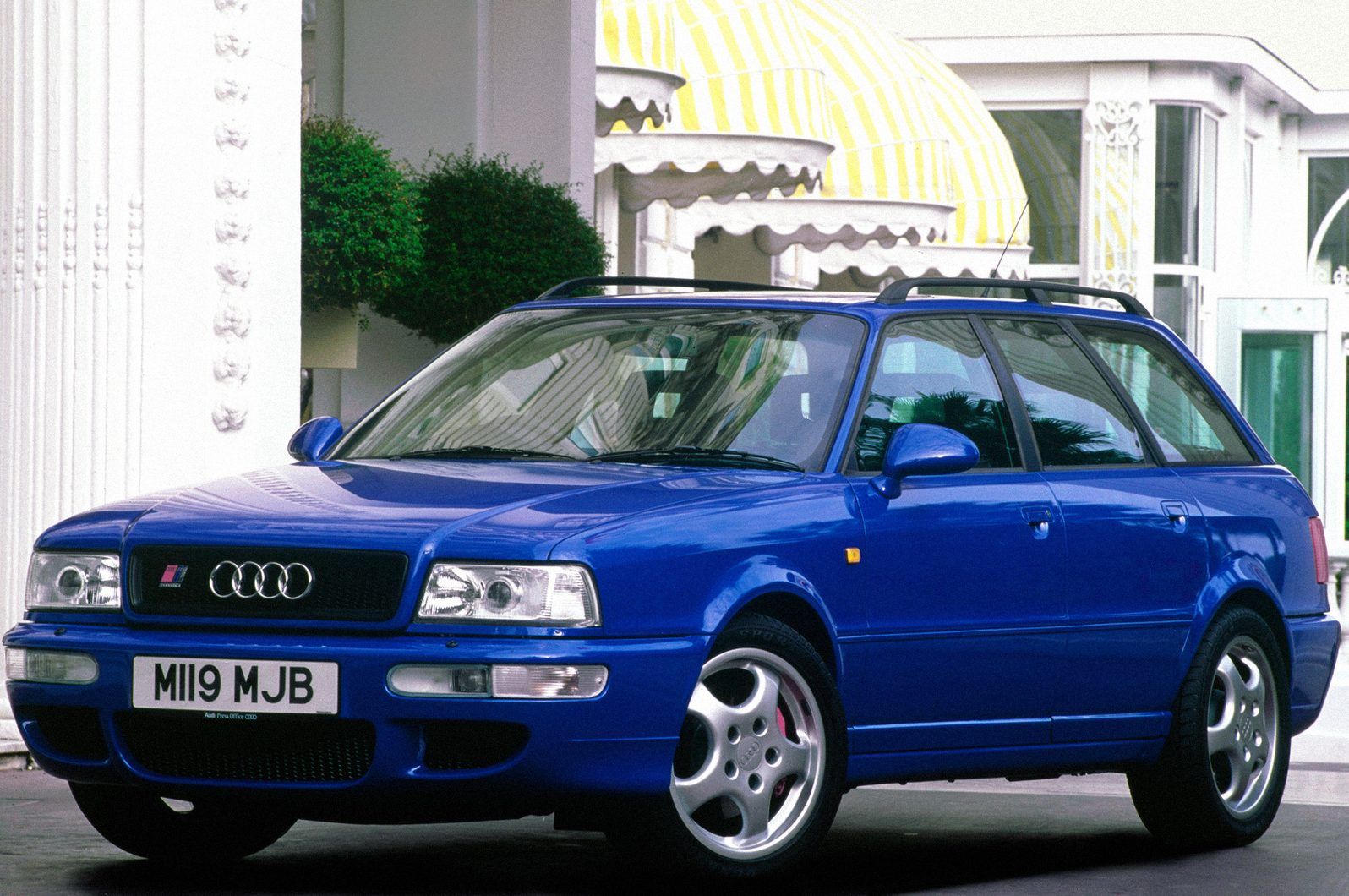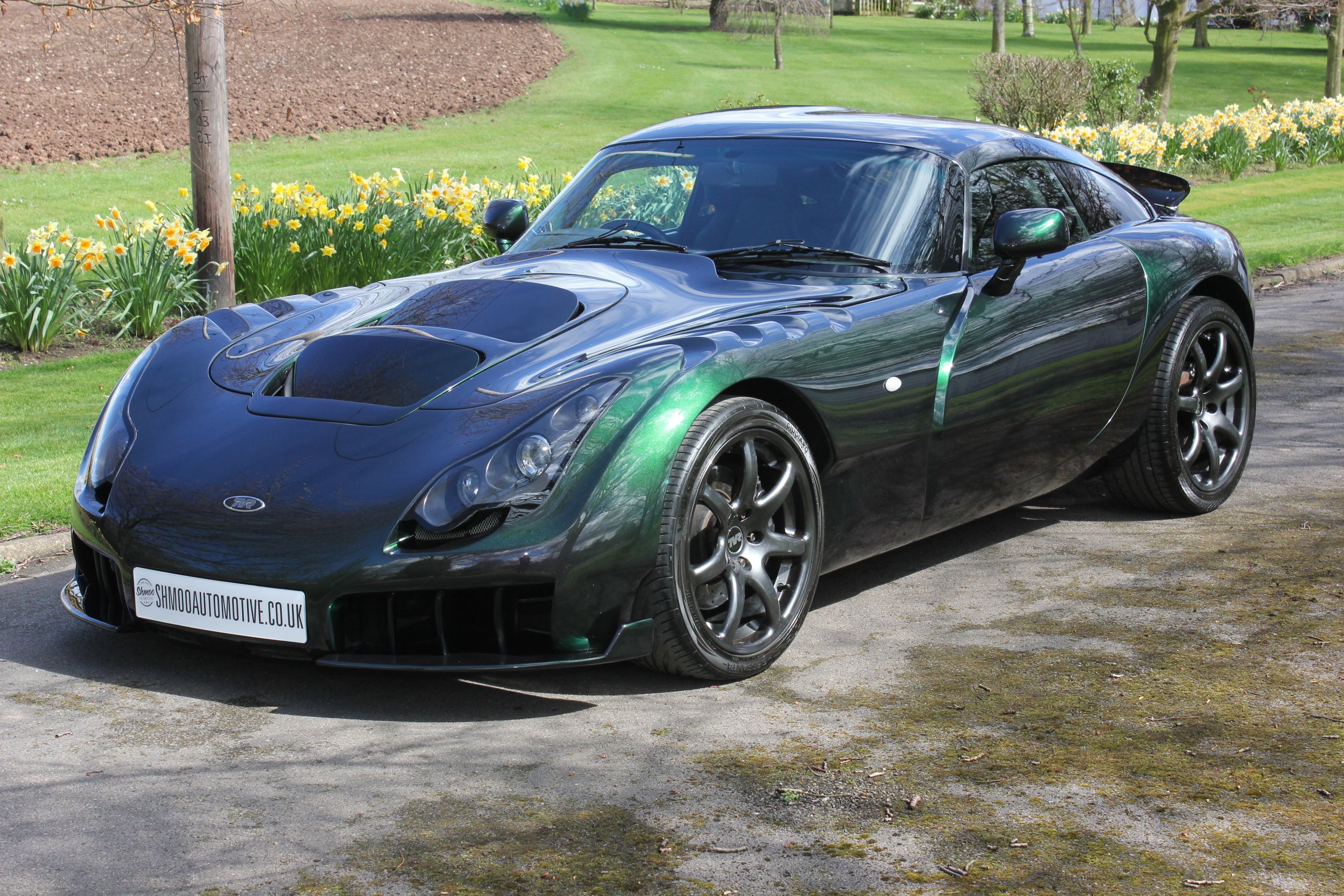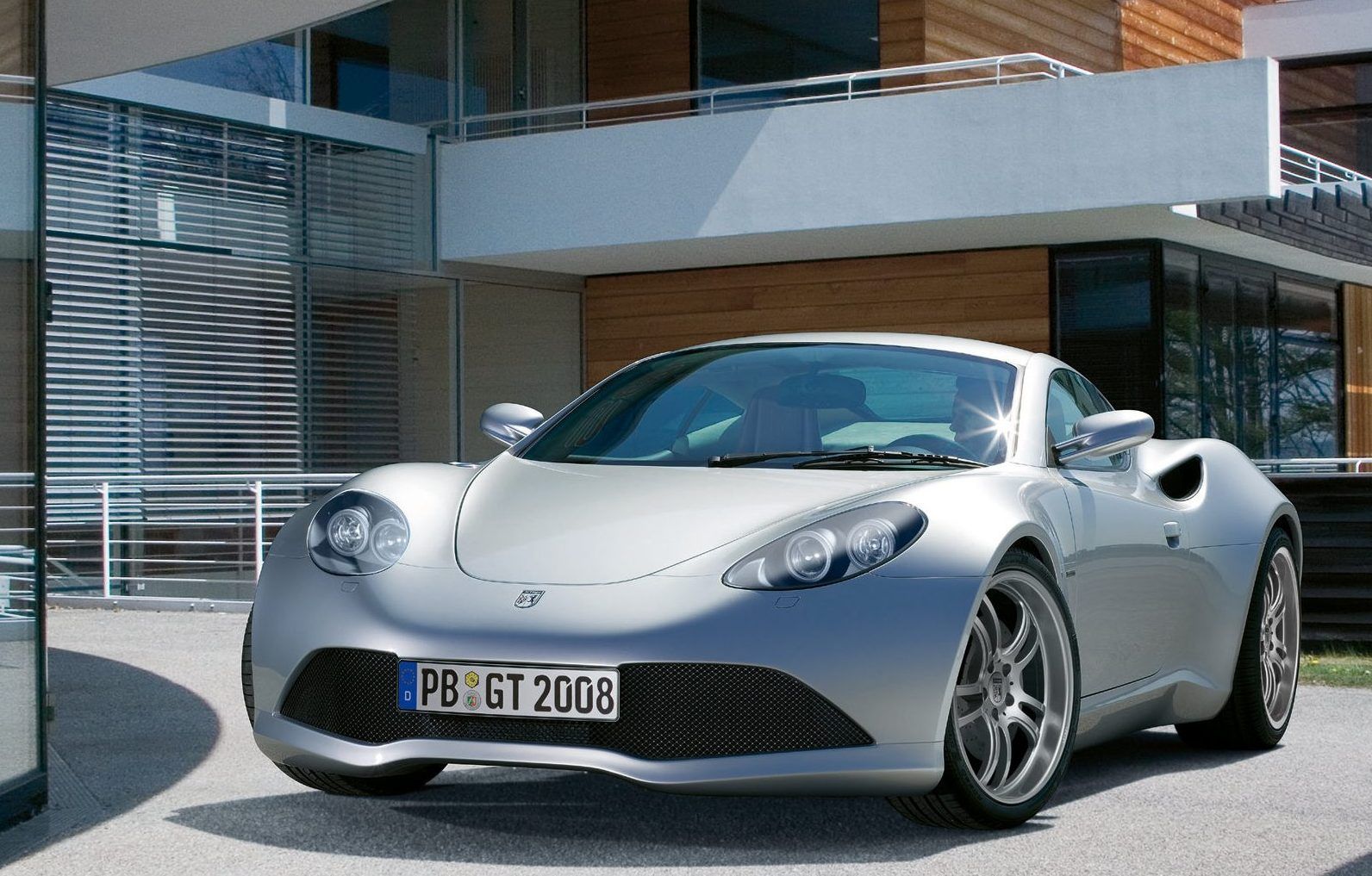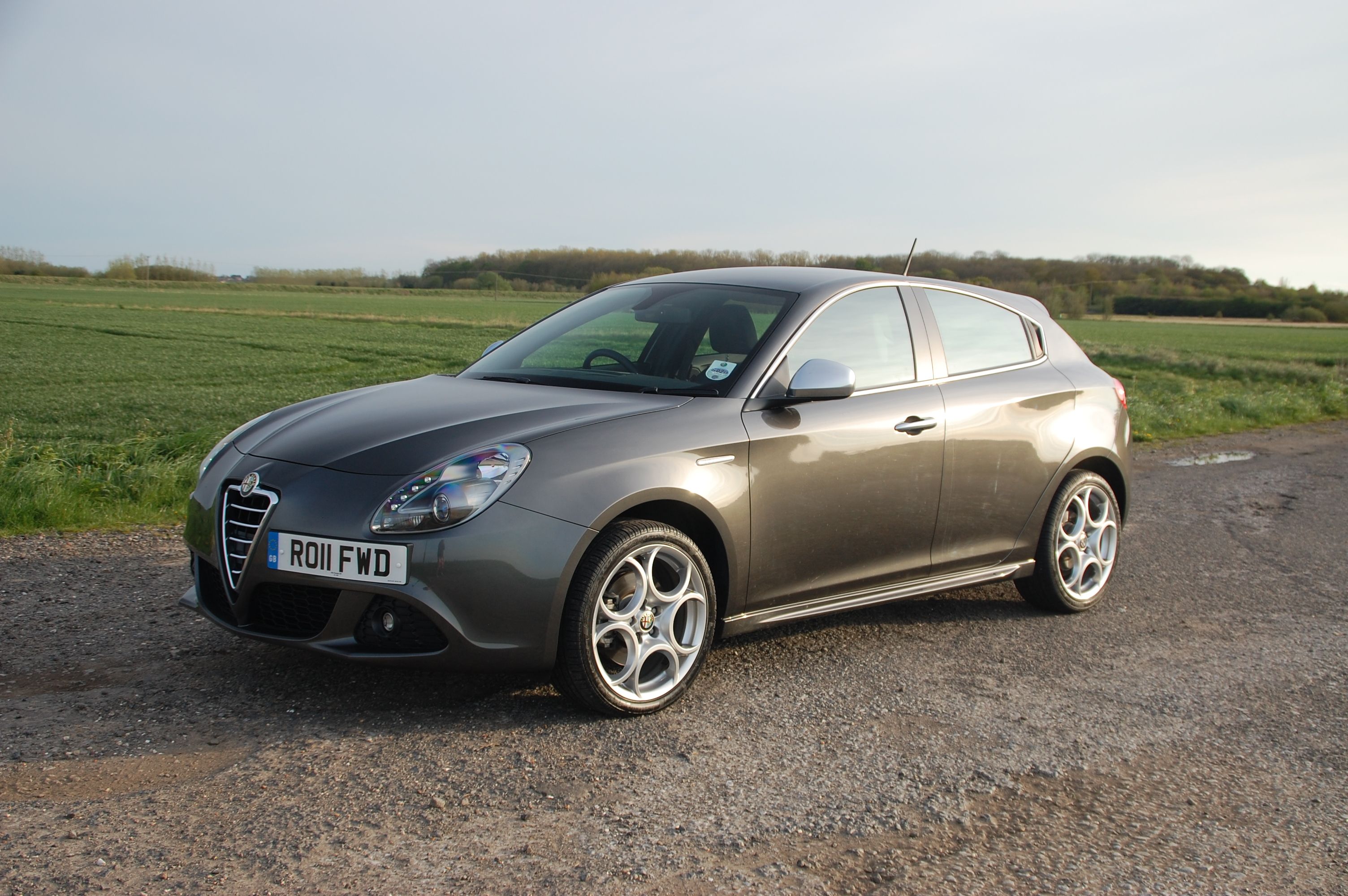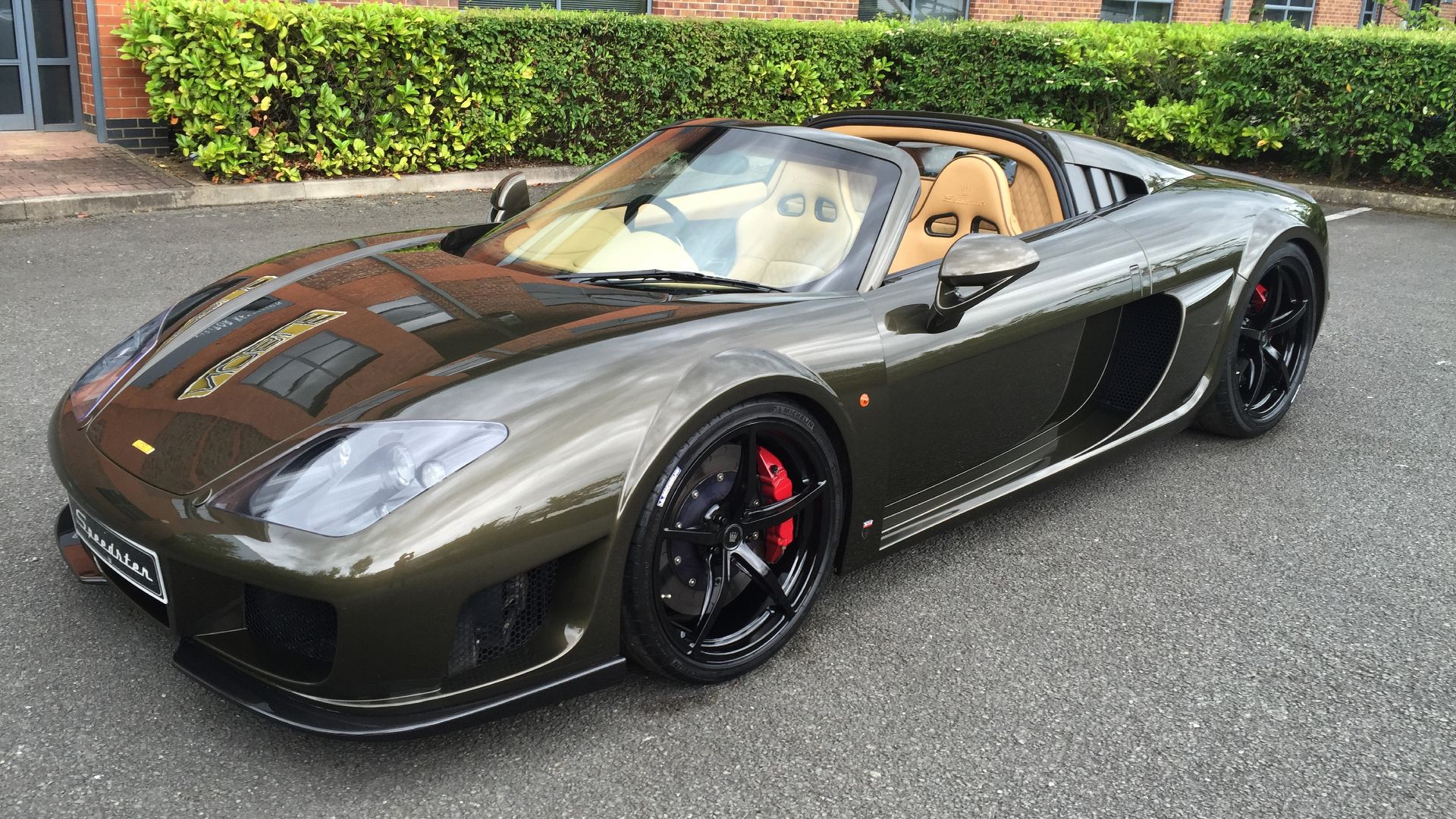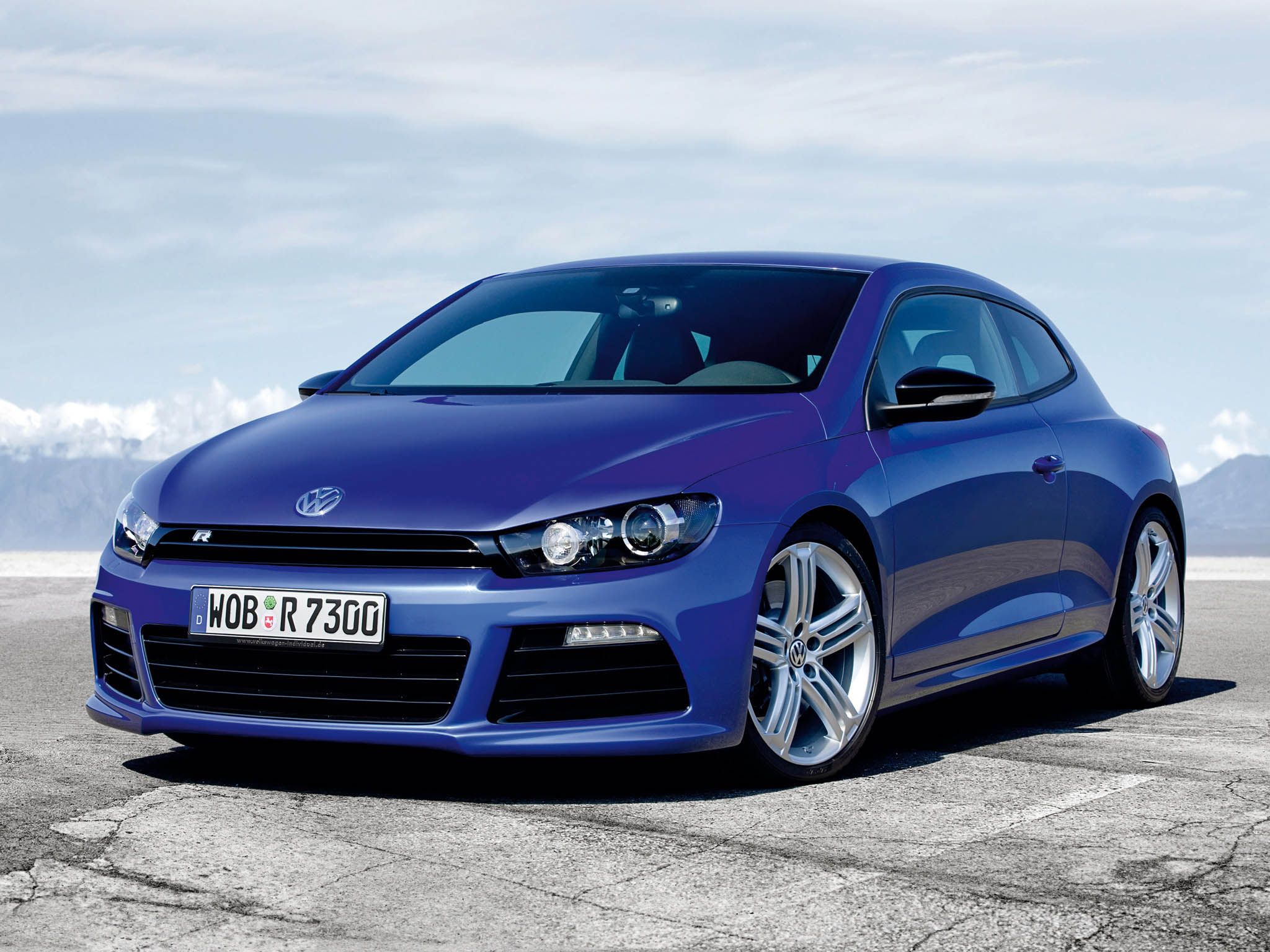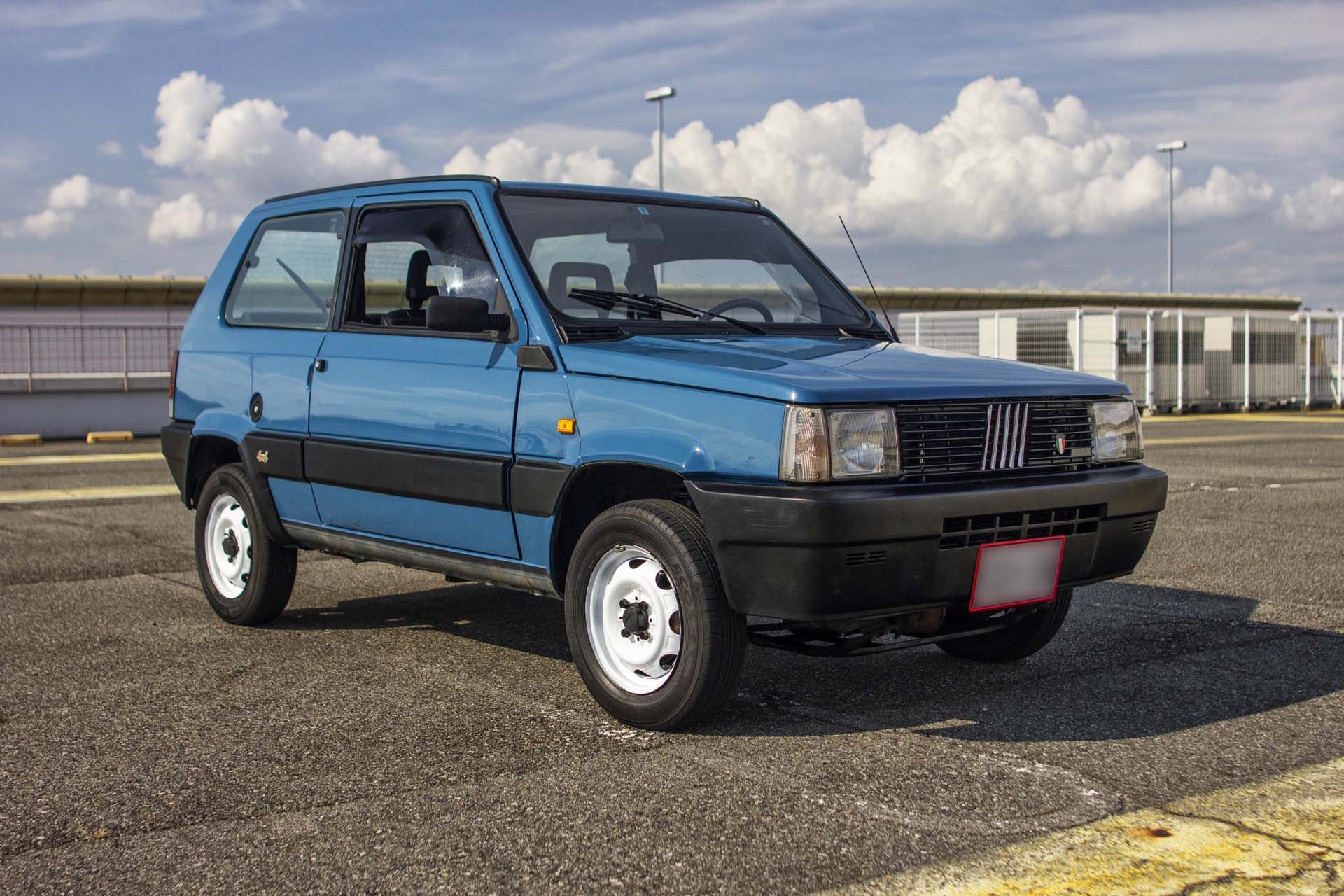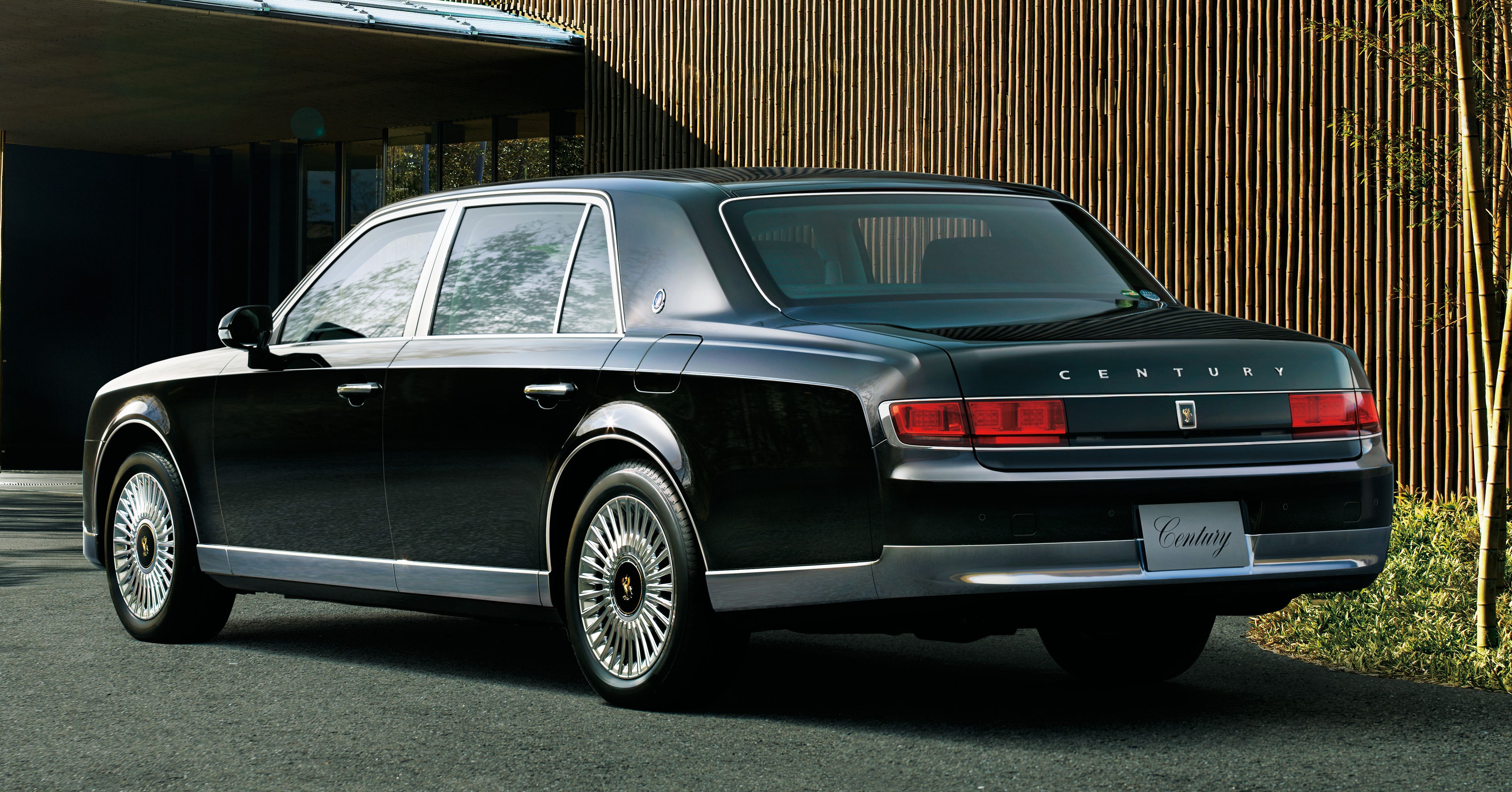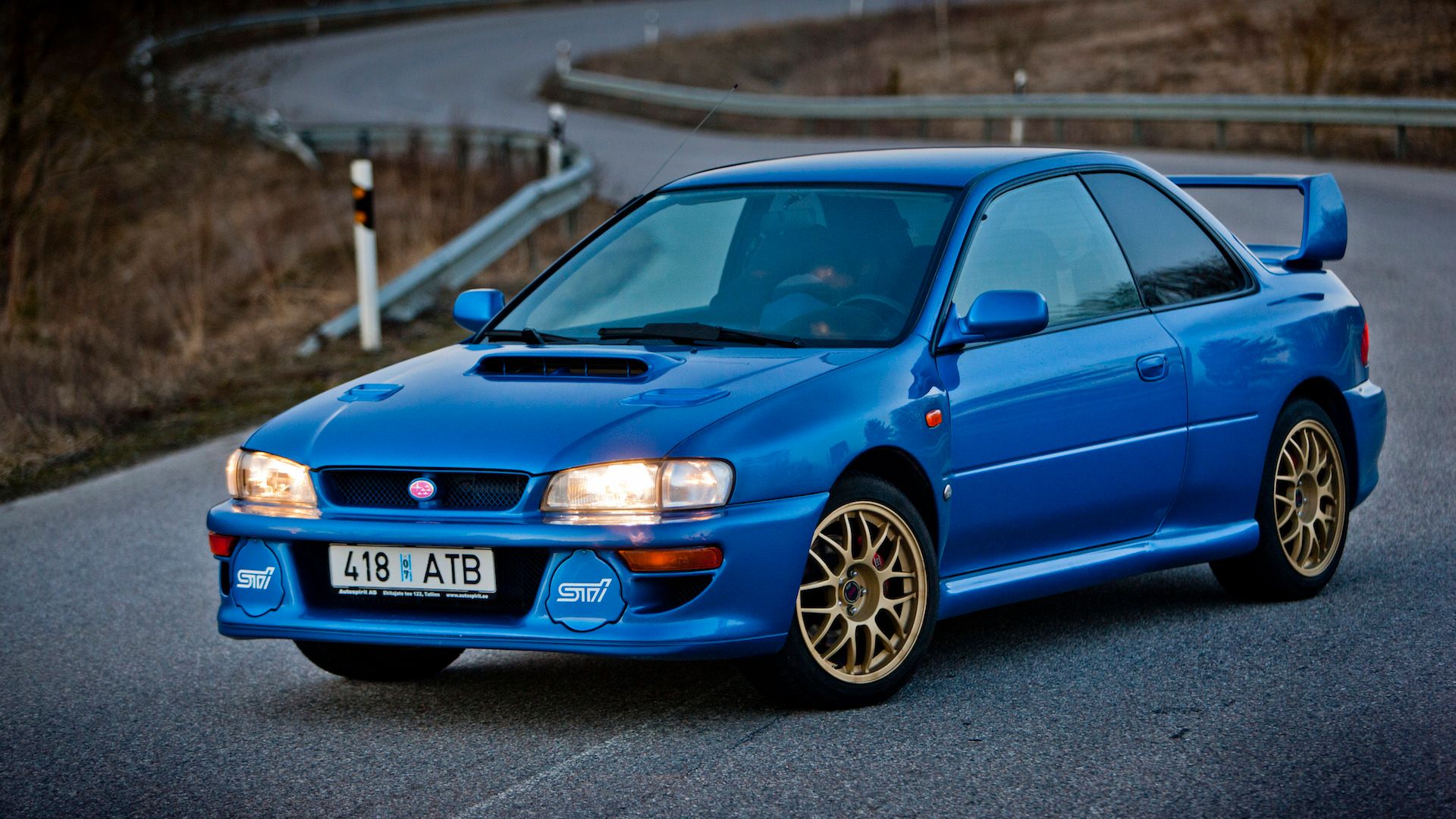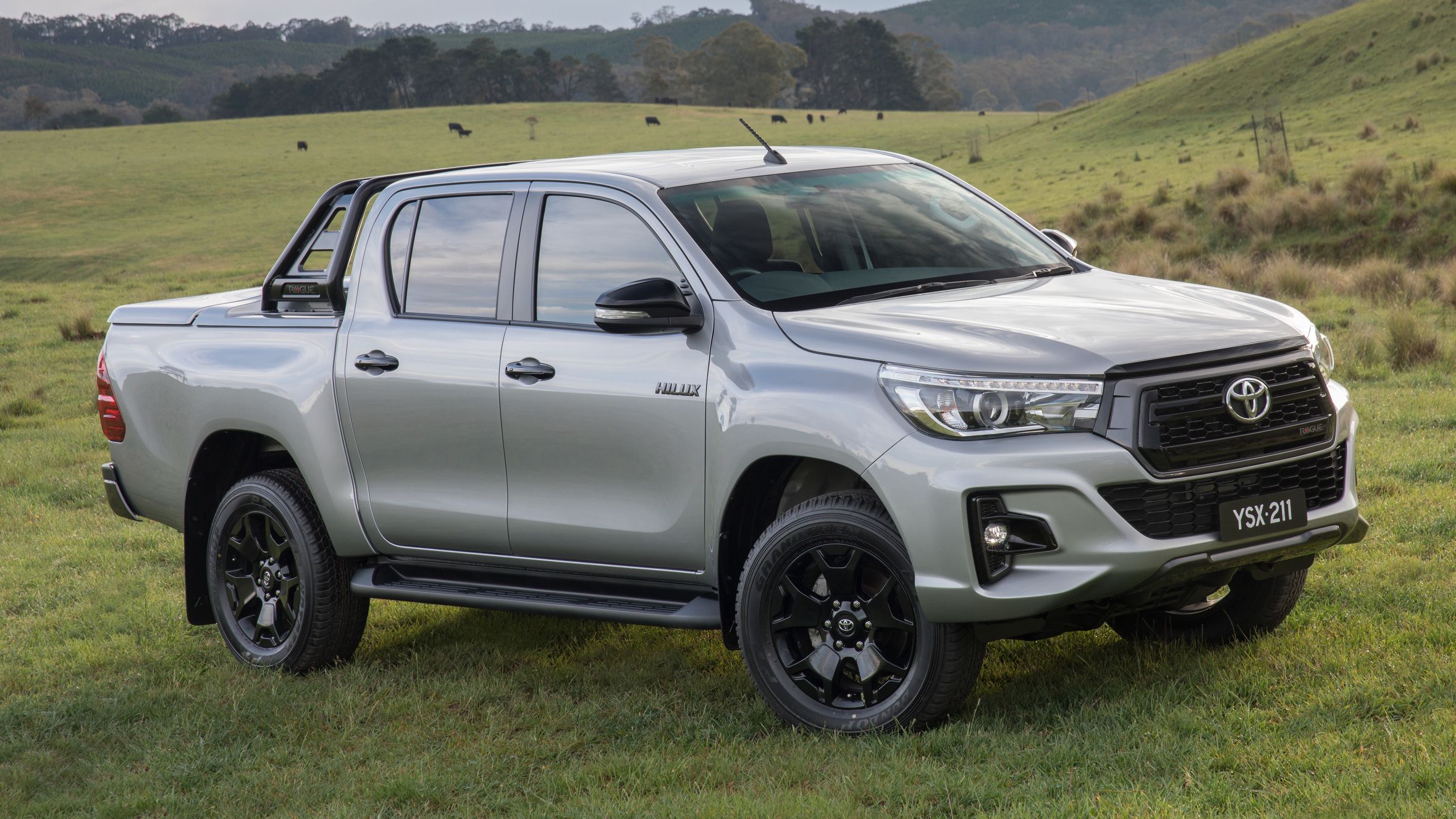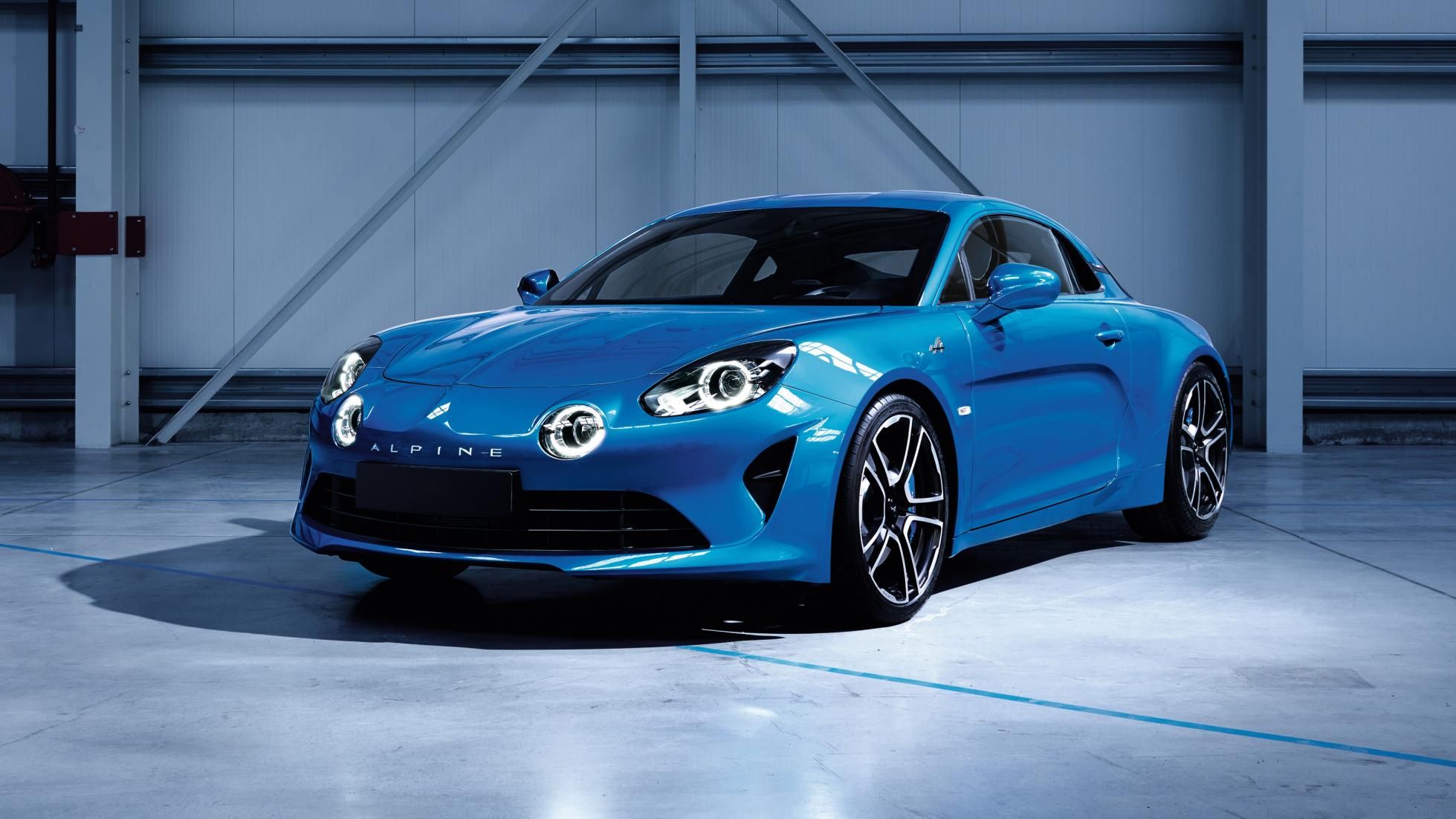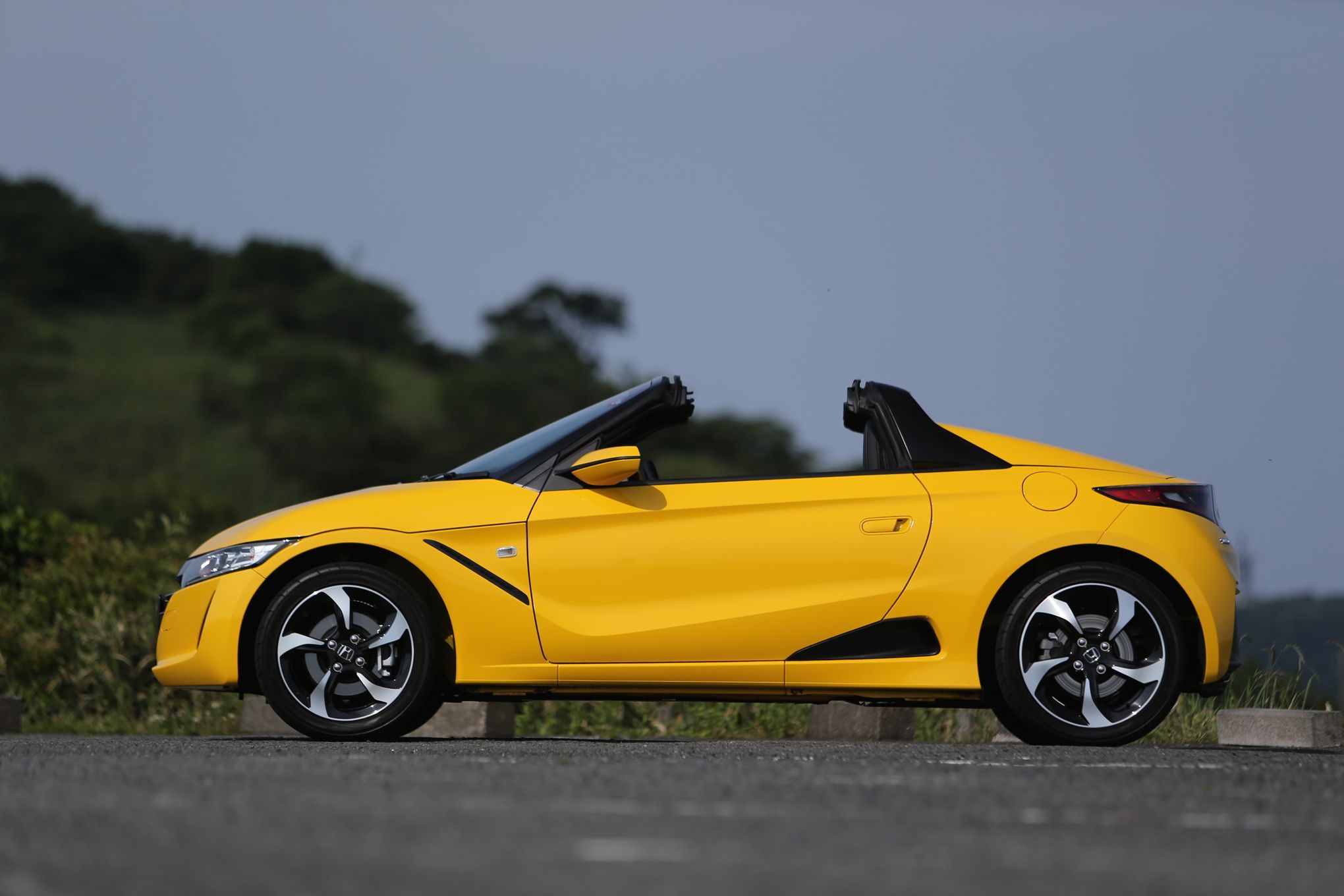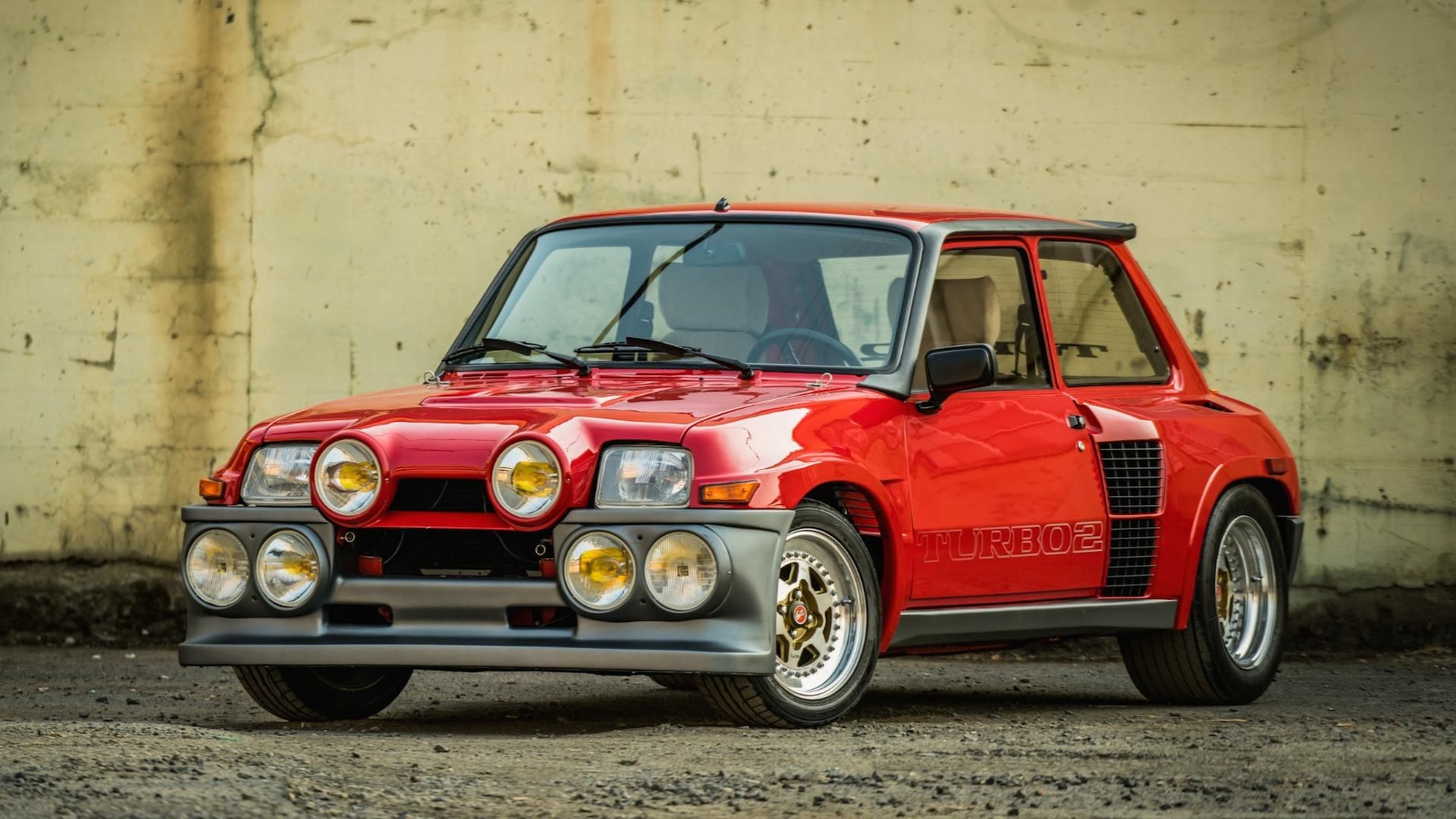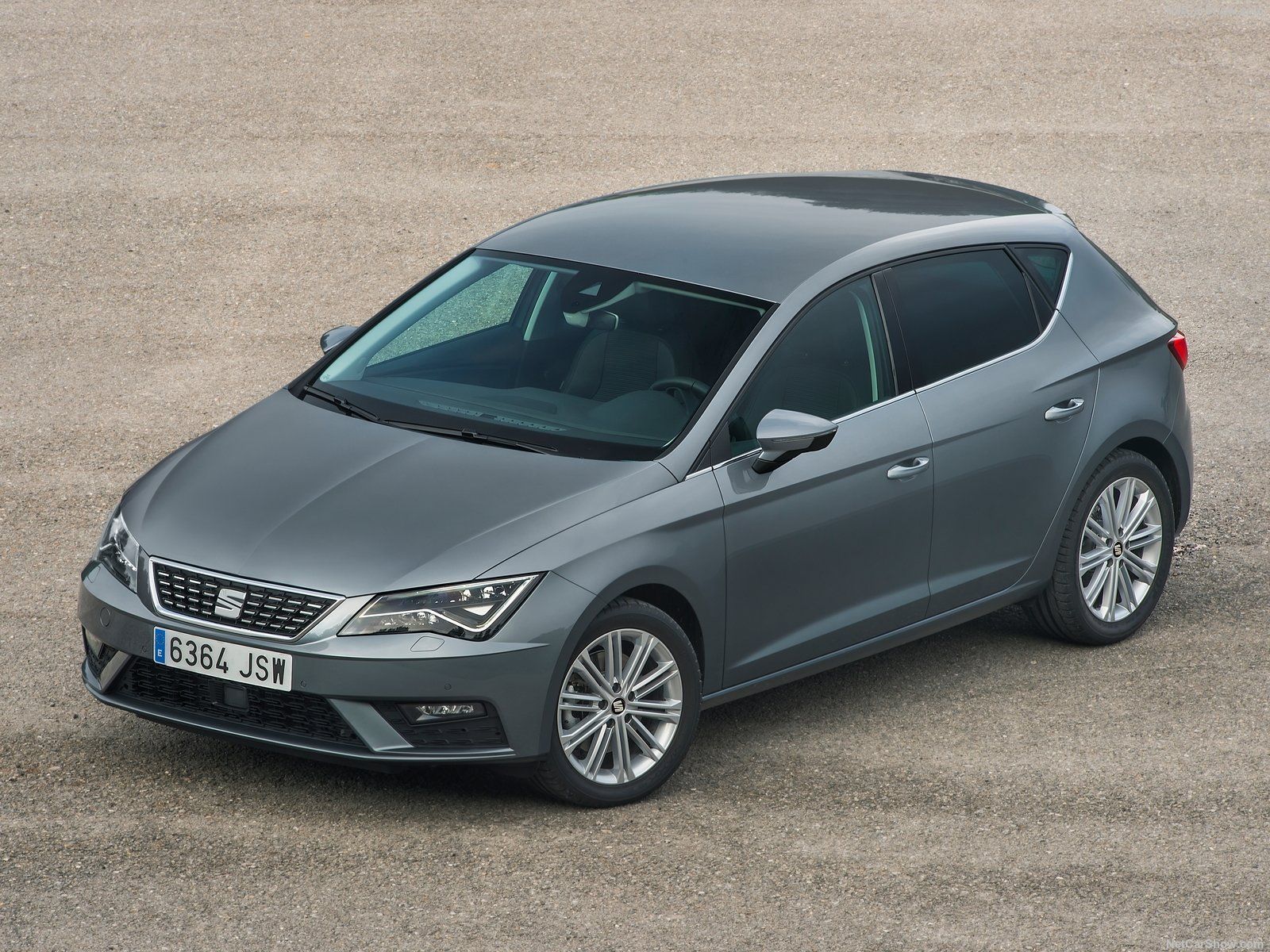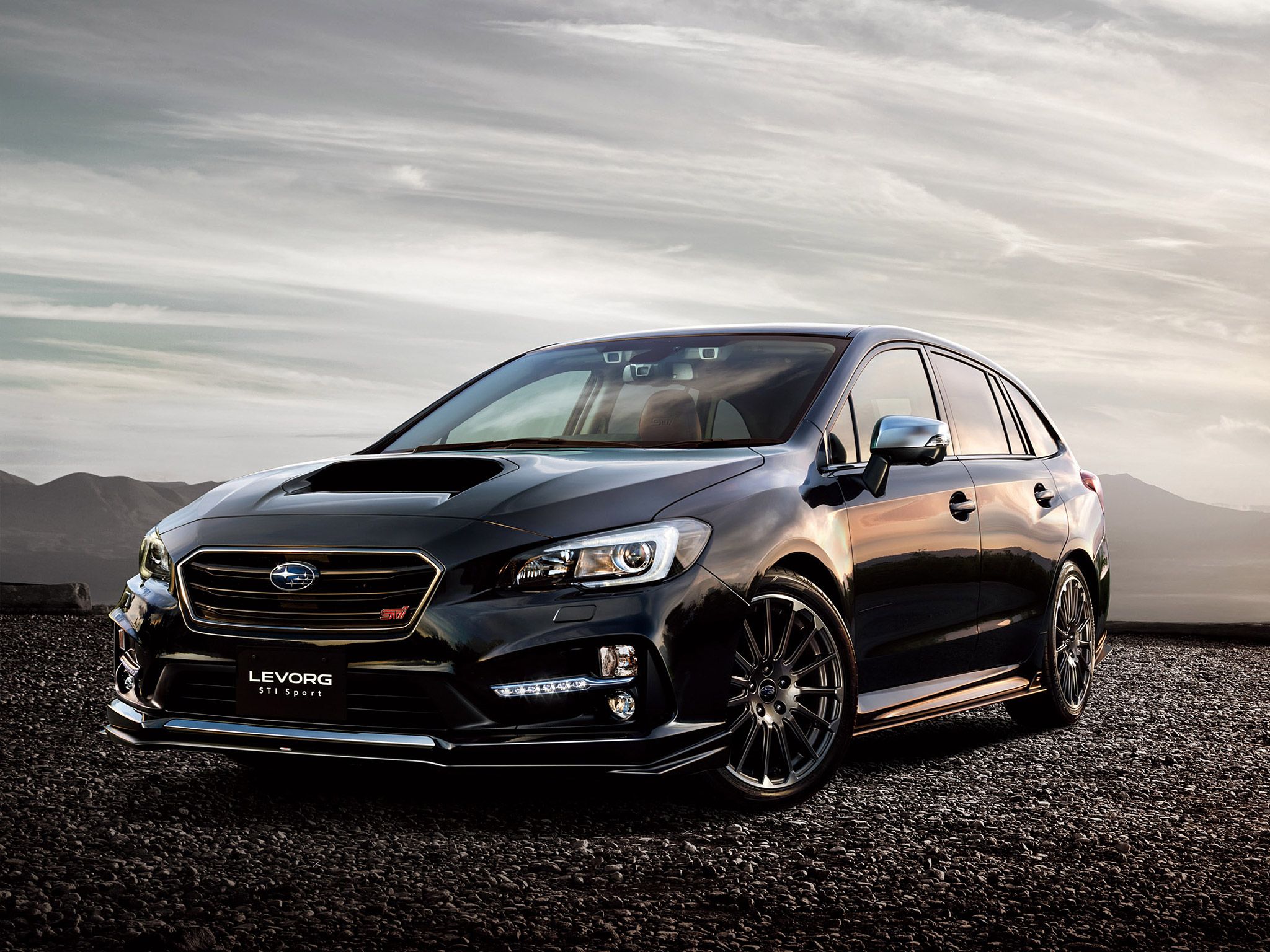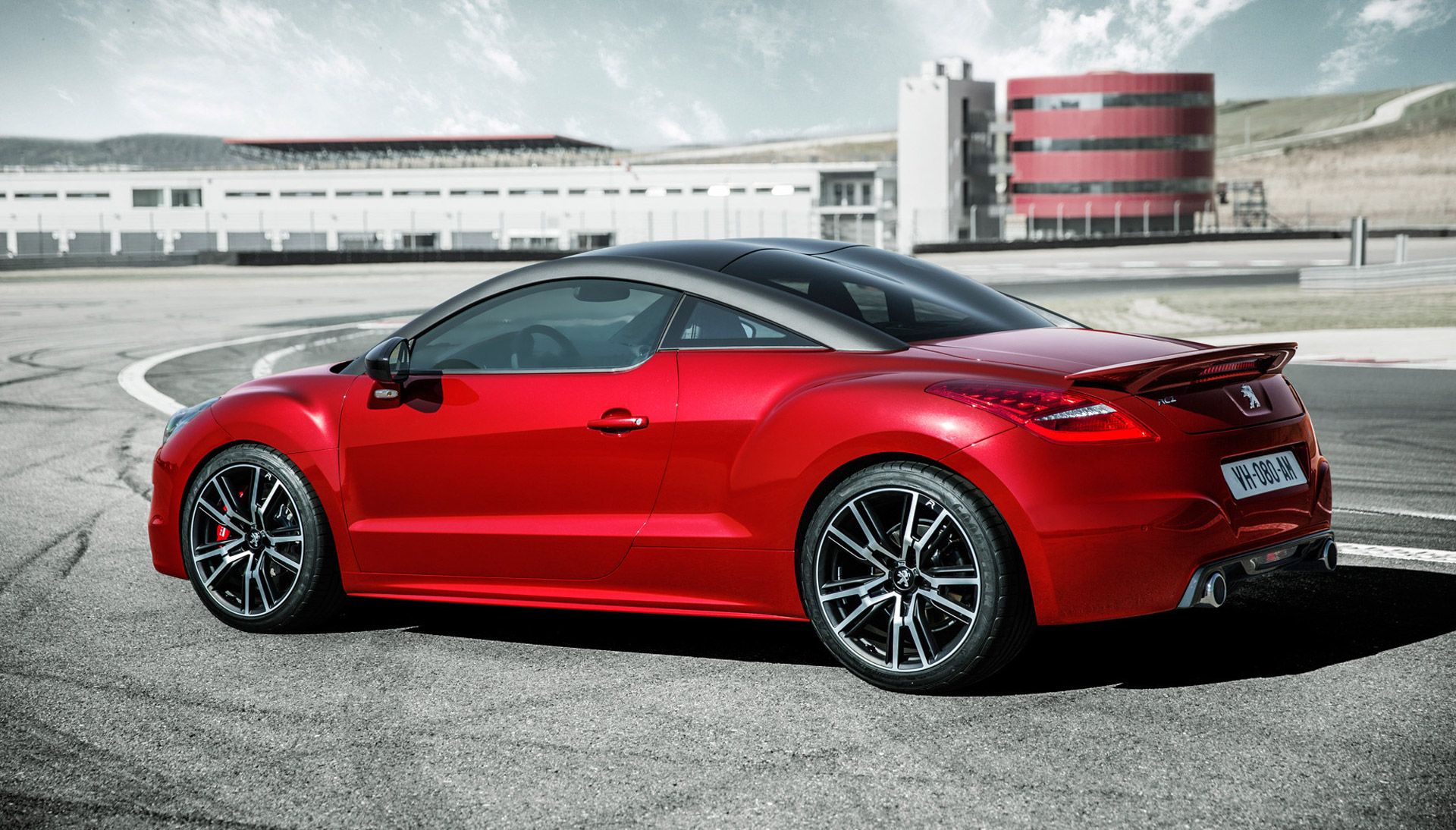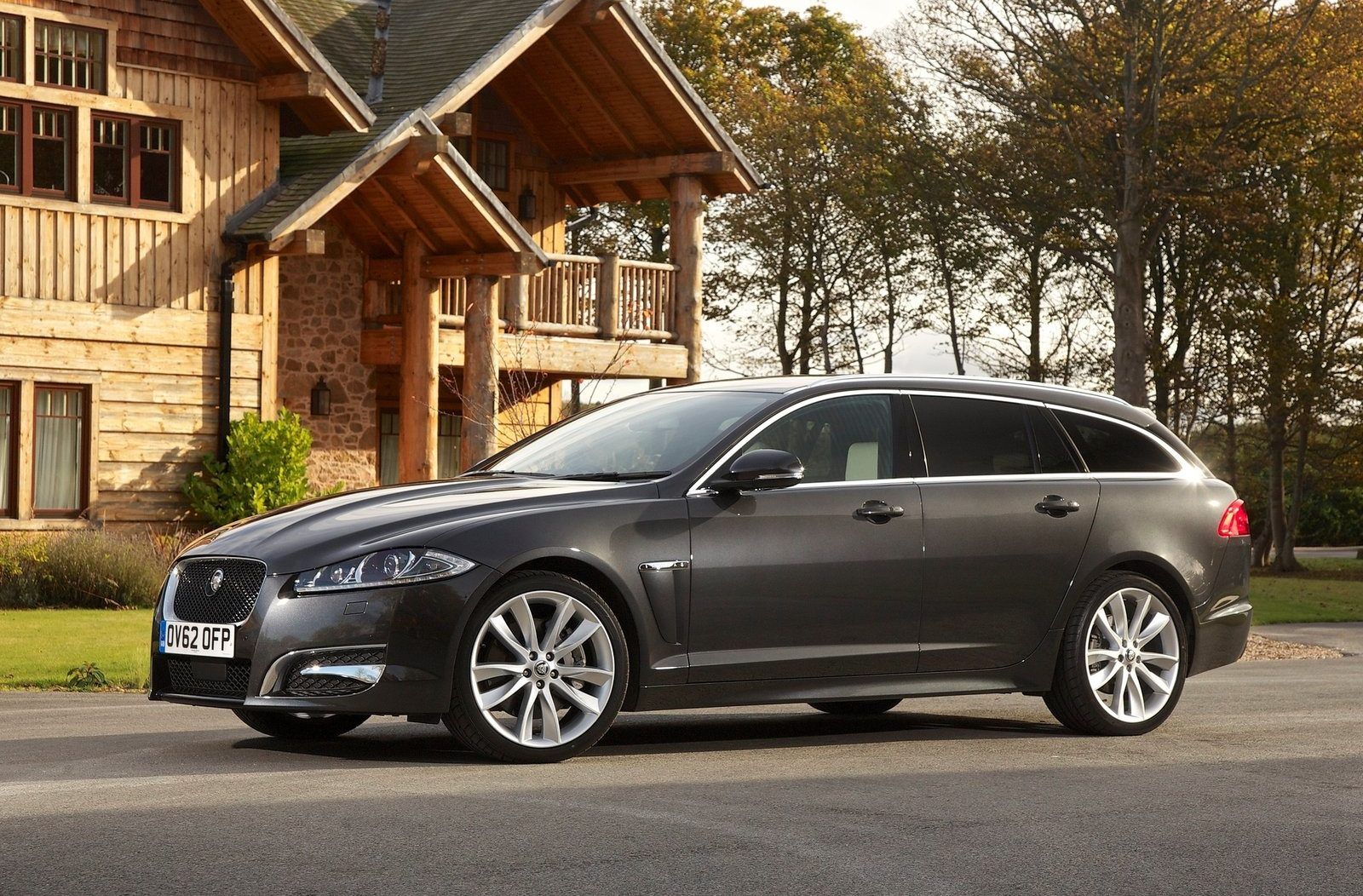Many fans of Detroit automakers mistakenly believe that Henry Ford invented the automobile. But that honor actually goes to German inventor Karl Benz, whose Benz Patent Motorcar is recognized as the first true car ever made. Henry Ford, on the other hand, helped to bring the automobile to the masses thanks to his assembly line production model.
The United States has been considered the home of the car ever since, and with major manufacturers like Ford, Chevrolet, and Dodge having headquarters in this country, it seems like Detroit might still be the automotive capital of the world. And indeed, many models designed in this country have flooded the market both here and abroad—although one glance around during rush hour traffic will clearly reveal that there are plenty of other brands building cars all over the world.
In fact, domestic automakers in this country make enormous shipments to other nations, and in some cases, the cars destined for the rest of the world (RoW) are never even offered in the United States. Similarly, international automotive market is awash will all types of vehicles that are built by foreign manufacturers but that hare never destined for sale in the United States. For reasons that vary from stricter emissions standards to varying consumer preferences to all-out mysteries, tons of awesome cars will never make it to these shores. Keep scrolling for 20 models the rest of the world loves that will probably never be seen on roads in the USA.
20 Ford Escort RS Cosworth
Ford may be a household name in the United States, but few drivers in this country realize the impact the homegrown brand has had on the international automotive market. Plenty of Fords have been built in England—as well as Germany—over the years, and there are models made for the rest of the world that simply aren't sold Stateside.
At, or near, the top of the list has to be the Escort RS Cosworth, a homologation hatchback that Ford developed for Group A rally racing.
Combine that wicked whale tail and a specially-tuned Cosworth engine, and it's a shame the domestic market never received the rare car.
19 Lancia Delta HF Integrale
Lancia is one of the most historically significant automotive manufacturers in the world, yet the Italian brand has made very few inroads into the domestic markets.
Today, in fact, Lancias are only sold in Italy despite being owned by the Fiat Chrysler conglomerate, but the automaker has made serious waves in the industry over the years.
The biggest development was probably the invention of V-layout engine, although at a close second is the undisputed king of rally racing, the Lancia Delta Integrale. Despite being easily mistaken for a tarted-up VW Golf, the Integrale is a car that is just beginning to become legal to import, and prices will undoubtedly skyrocket for the ultimate hot hatch.
18 Audi A1
Audi is a recognizable name in the United States, where the combination of clean styling, powerful engines, and legendary Quattro all-wheel drive has helped the German manufacturer establish a solid market presence. But for the rest of the world, Audi makes a fair number of cars that they never ship to the United States for various reasons.
Undoubtedly, the marketing heads at Audi have decided that the tiny A1 won't appeal to the domestic consumer, although perhaps a few might be enticed by its slick looks and turbocharged power if the model were to eventually make it across the Atlantic Ocean.
17 Audi RS2 Avant
After the legendary Audi Ur-Quattro, perhaps the single most incredible car that the brand has ever produced is the RS2 Avant. And yet, to the dismay of every serious Audi fan in the United States, the model was never shipped to this market. With a raucous inline-five, turbocharged engine capable of cranking 311 horsepower and 302 lb-ft of torque to all four wheels through a six-speed manual transmission, plus the daily utility of four doors and a station wagon layout, the RS2 Avant simply has no direct competition.
Throw in potent suspension, braking, and build quality courtesy of Porsche, and the combination seems all the more desirable.
16 TVR Sagaris
When it comes to stunning sports car design, few small brands can claim as rich a history as UK-based TVR. From the earliest days, the company has shucked the industry as a whole's standards, and their most radical design was likely the short-lived Sagaris built during the middle years of this millennium's first decade.
Early TVRs were renowned for sleek styling without the real power to match, but somehow a few geniuses must have gotten in on the Sagaris engine design because its inline-six engine pumped out a ridiculous 406 horsepower and 349 lb-ft of torque.
The aggressive coupe tipped the scales at only 2,371 pounds, a figure that drivers in the United States simply won't be able to comprehend.
15 Artega GT
At first glance, the Artega GT probably looks like a Subaru BRZ to most drivers, while its side vents may suggest the Alfa Romeo 4C to more hardcore enthusiasts. But overall, the Artega GT is a much more sophisticated machine than either of those otherwise respectable sports cars. Like the 4C, it utilizes a mid-engined layout and extensive carbon fiber.
Like the BRZ, it foregoes forced induction in favor of a VR6 engine producing 296 horsepower and 260 lb-ft of torque. But the Artega GT is undoubtedly better than both, and the real shame is that it never made it to the United States market, where consumers surely would have lined up for a chance to own the sleek sportster.
14 Alfa Romeo Giulietta
When Alfa Romeo began shipping the Giulia Quadrifoglio to the United States, longterm fans of the brand's iconic styling were overjoyed that at last, a real sports car offering was making it to these shores. But with the Quadrifoglio, the 4C, and now the Stelvio SUV helping to raise awareness once more, the Italian manufacturer has still hesitated to send their Giulietta for domestic consumption.
Sure, the impression abroad is that there is little demand for a hot hatchback on the market, but given enough time to take in the Giulietta's sleek, refined styling, it seems likely that consumers would be swayed over to the model's charms.
13 Noble M600
The supercar and hypercar markets have been booming for the past decade or so, with a new brand seeming to one-up the rest by releasing another world-beating product every few months or so.
Despite the fact that every radical step forward seems to sell out immediately, and despite many of those cars coming to buyers in the United States, UK-based bespoke builder Noble has yet to ship their impressive M600 to these shores.
Noble has a solid reputation abroad for their powerful, immaculately-designed sports cars and the M600 is the best of the bunch. It utilizes a mid-mounted Volvo (yes, Volvo) V8 engine with twin Garrett turbochargers bolted on to produce up to 650 horsepower and 604 lb-ft of torque.
12 Volkswagen Scirocco R
The Volkswagen Golf in its many forms has been a solid hit in this country for decades, to the dismay of the domestic manufacturers based in Detroit. And during the 1980s and early 1990s, VW did, in fact, also ship their Scirocco hatchback to the United States.
Perhaps the decision to stop is based around the Scirocco essentially competing with its own Golf (and GTI) siblings, but VW's choice has left fans of the hot hatch form lamenting the fact that there's a sleeker, more stylish R-spec hatchback available for the rest of the world but not in this country.
11 Fiat Panda
While plenty of drivers in this country have become accustomed to small, rugged SUVs and may believe that Detroit has a stranglehold on the market segment, the rest of the world is fully aware of the Fiat Panda. Although later models of the Panda have similarly trended towards minivan and crossover forms, the early Pandas were much like early Jeeps—simple, rugged, and eminently capable of every kind of off-roading.
The Panda even featured an air-cooled engine for many years of its production, and its basic format allowed for plenty of home wrenching. Without a doubt, Fiat could have presented a true competitor to Jeep in this market, although of course, now Fiat Chrysler owns Jeep.
10 Toyota Century
In the United States, Toyota is well regarded as one of the best manufacturers of affordable and reliable commuter cars in the world. The Japanese brand began to make significant inroads into the market in the 1980s and 90s, and then by the 2000s, even their luxury segment, Lexus, was competing strongly with Germany's high-end brands.
But in the rest of the world, seriously luxurious offerings are still sold under the Toyota marque, with the range-topping Century sedan offering comfort, status, and style in ways that drivers in this country would probably find difficult to comprehend from what they perceived as an economy car company.
9 Subaru Impreza STI (22b)
Now, even average drivers in the United States will be able to quickly recognize a Subaru Impreza, regardless of which generation they're looking at.
But despite the popularity of the Impreza in WRX and STI trim, which hit these shores in the early 2000s, there was also the earlier Impreza, in coupe and sedan form, that was shipped to this country in the 1990s.
But Subaru withheld the awesome first-gen WRX and STI models for some reason, and with the best styling of the entire model run, plus performance that was simply unheard of for the price point at the time, those cars were sorely missed here.
8 Toyota Hilux
The pickup truck may be the most quintessential model to be produced by this country's manufacturers, but for most of the rest of the world, the best pickup truck of all time is undisputedly the Toyota Hilux.
Sure, Toyota ships the Tacoma and Tundra to the United States, but because of a law known as the 'Chicken Tax', their Hilux remains for RoW (Rest of World) markets only. Essentially, trucks of a certain size and displacement are taxed far too heavily under the law, which is a real shame because of the possibility that Detroit's manufacturers might have to step their game up to a whole new level when faced with stronger competition in the form of the Hilux.
7 Alpine A110
Fans of rally racing back in the 1960s and 70s may well know about Alpine and their awesome, rear-engined A110 cars. And yet, those fans probably figure that the French brand folded by now, for the simple fact that Alpine has been off the radar for so long.
The original A110 had a design that was highly unique, while its layout made it a serious contender in works-team competition. Recently, the A110 has been reborn in a modern form that hearkens back to the original cars, and though the new iteration is mid-engined, it is still a respectable performer that can be found (abroad only) at a fairly affordable price.
6 Honda S660
The Honda S660 may be one of the cars on this list that is most likely to one day get shipped to the United States automotive market. And given many of the other models that this country is sorely missing, whose manufacturers have refused to send to these shores based on misplaced notions about consumers in the States not liking small, sporty cars, it's almost surprising that one of the smallest and sportiest of the lot might be the one to bridge the gap.
The little car fits into the Japanese Kei-car class (for tax purposes), and utilizes a transversely-mounted inline-three engine that sends 63 horsepower and 77 lb-ft of torque to the rear wheels.
5 Renault 5 Turbo
This aggressive looking hatchback defies just about everything that drivers in the United States look for in a car, but its oddness has enabled the Renault Turbo 5 to gain a cult following overseas. Developed to participate in rally racing, the Turbo featured major changes when compared to the standard Renault 5 on which it was based.
The most significant difference is the engine location, which has been switched to a mid-rear location for optimal balance. Of course, that means this hatchback has little of the daily drive-ability that might attract domestic buyers, but its all-whee-drive performance could still represent a nice little package.
4 SEAT Leon
Spanish-based manufacturer SEAT has never exported their cars to the United States per se, although given how much the Leon shares with its sibling, the Golf, the choice by VAG (who owns both companies) seems like a reasonable one. After all, why try to introduce a new model that will essentially compete with your own established product?
But the Leon offers a bit more in the way of sleek styling, and this country's hatchback market can always use an infusion of fresh offerings to help it grow into a similar kind of dominant presence as it is for the RoW automotive universe.
3 Subaru Levorg STI
Subaru has such a devoted following in this country that it seems peculiar for the Japanese brand to withhold any of their products for consumption here.
And yet, they actually make a range of front-wheel-drive cars that never get shipped across the Pacific, and there's also the Levorg to highlight something they clearly don't think will sell on these shores.
The Levorg, especially in STI trim, is essentially the middle ground between an Impreza STI and the larger Legacy station wagon. With more storage than a standard WRX, plus a powerful drivetrain and all-wheel drive, the Levorg could be a solid option for families with parents that like to drive aggressively.
2 Peugeot RCZ
The closest car that can compare to the styling of the Peugeot RCZ is the Audi TT, and yet, other than exterior styling, the two cars share little in the way of actual mechanical similarities. Where the TT can be had with a range of powerful engines mounted ahead of the front axle and paired to Haldex-based Quattro all-wheel drive, the RCZ was strictly front-wheel drive and its most powerful engine option maxed out at 266 horsepower and 243 lb-ft of torque.
Plus, its even more aggressively raked roofline means that the two rear seats are just about completely useless, so though the TT has made it to these shores, perhaps Peugeot was right to keep the RCZ for RoW markets only.
1 Jaguar XFR-S Sportbrake
Jaguar has made serious inroads onto the SUV market lately, with their successful F-Pace and E-Pace joining the established XJ sedan and F-Type coupe. But on the RoW market, the English manufacturer also has a strong station wagon model that they have chosen not to ship to the United States. At least one company in Europe will soon attempt to bridge the station wagon gap, and Jaguar has strong incentive to do so, given that the domestic market has no real sporty station wagon at the moment.
The XFR-S Sportbrake is, without a doubt, a serious contender thanks to its 550-horsepower V8 and 186 mile-per-hour top speed.
Sources: wikipedia.org, caranddriver.com, and bringatrailer.com.

